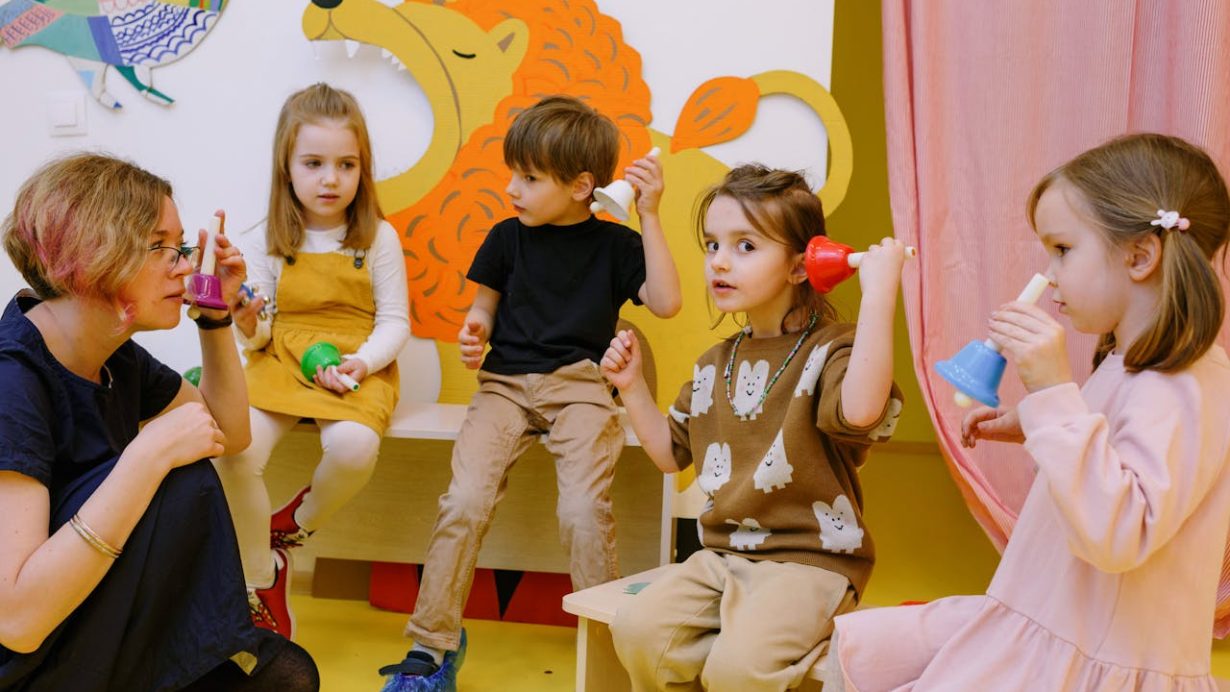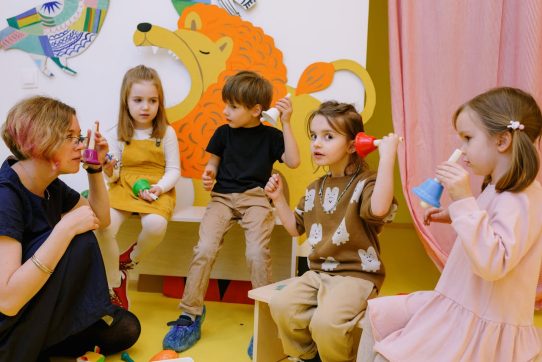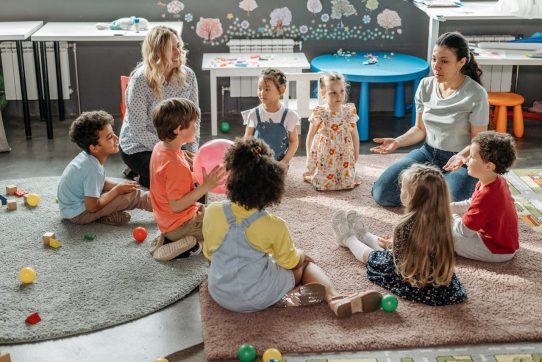Every child deserves an education that recognizes their strengths and supports their challenges. For students on the autism spectrum, schools can play a powerful role in building confidence, communication, and lifelong learning skills.
Understanding how school support systems and Individualized Education Programs (IEPs) work helps parents become effective advocates for their children.
Understanding School Support for Students with Autism
Schools are required to provide accommodations and services that help students with disabilities learn alongside their peers. These supports might include special education teachers, classroom aides, speech or occupational therapy, or sensory breaks during the day.
Support doesn’t mean separation. Many students with autism thrive in inclusive classrooms where teachers use structured routines, visual schedules, and clear communication strategies. Consistency and predictability often reduce anxiety, allowing students to focus on learning rather than navigating uncertainty.
Parents are encouraged to stay involved, communicate regularly with teachers, and share insights about what works best for their child. This partnership between home and school lays the foundation for an effective support system.
What Is an IEP?
An Individualized Education Program (IEP) is a formal plan created for students who qualify for special education services under the Individuals with Disabilities Education Act (IDEA). It’s designed to ensure that a child receives tailored instruction and accommodations suited to their unique learning profile.
The IEP includes:
- A summary of the child’s current performance and needs
- Measurable annual goals
- Specific supports and services (such as speech therapy or classroom modifications)
- Methods for tracking progress
The IEP is a living document. It can evolve as a student’s needs change, ensuring that educational goals remain both realistic and challenging.
The IEP Process: Step by Step
- Evaluation: Parents, teachers, or specialists may request an evaluation to determine if a student qualifies for special education services.
- Eligibility Meeting: A team reviews the evaluation results to decide whether the child meets criteria for services.
- IEP Development: Parents, teachers, and school specialists collaborate to create an individualized plan.
- Implementation: Teachers follow the IEP’s accommodations and goals in daily instruction.
- Review: The IEP team meets at least once a year to assess progress and make updates as needed.
Parents are equal partners throughout this process. They can ask questions, request modifications, and advocate for the inclusion of supports that align with their child’s strengths and challenges.
Collaboration Between Parents and Schools
The most successful IEPs are built on trust and teamwork. Parents bring deep personal knowledge of their child’s behavior and motivation, while educators bring professional experience with learning strategies and classroom structure.
Regular communication (through email updates, meetings, or a shared communication log) helps maintain alignment between home and school. When challenges arise, focusing on shared goals rather than blame keeps the partnership productive.
Tips for a Successful School Year
- Keep records: Save all reports, communications, and evaluations in one place.
- Build relationships: Introduce yourself to teachers and staff early in the year.
- Focus on strengths: Encourage the school to integrate your child’s interests into lessons.
- Be proactive: Request meetings as soon as concerns appear rather than waiting for annual reviews.
- Celebrate progress: Acknowledge every achievement—small or large—to motivate continued growth.
Beyond the Classroom
Support doesn’t stop when the school day ends. Many communities offer after-school programs, social skills groups, and recreational activities designed for children with autism. These opportunities build independence and help children generalize the skills they learn in school to other settings.
Photo by Ksenia Chernaya: https://www.pexels.com/photo/children-with-her-students-holding-different-color-bells-8535230/








